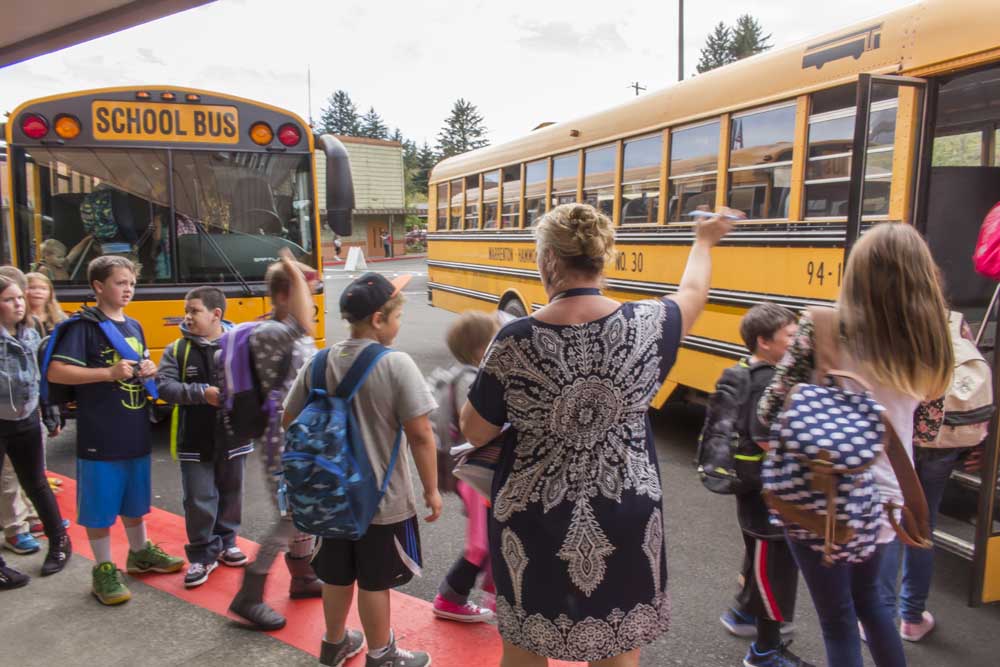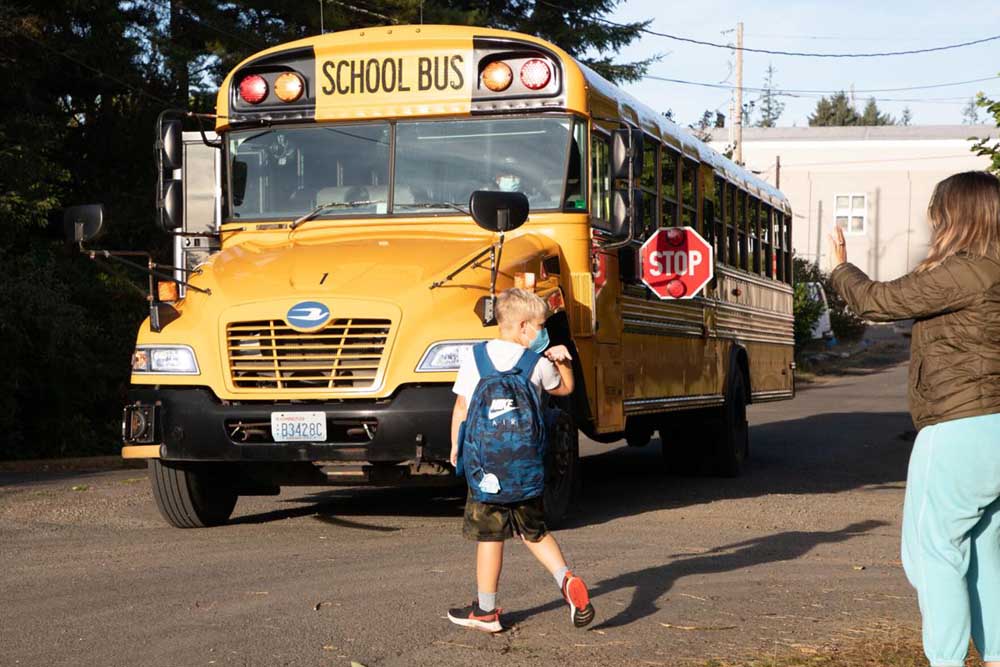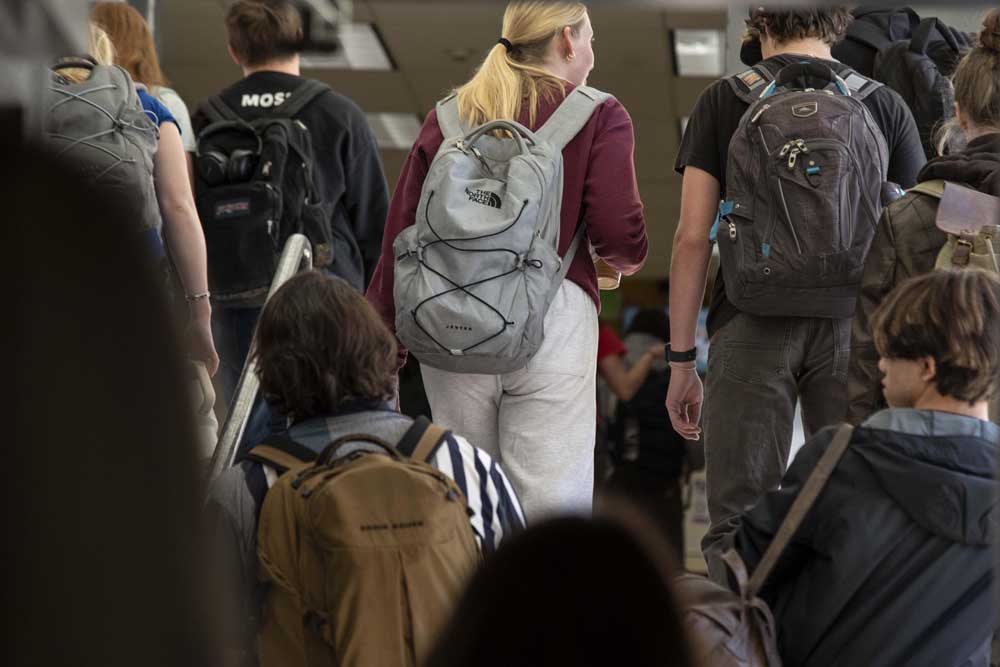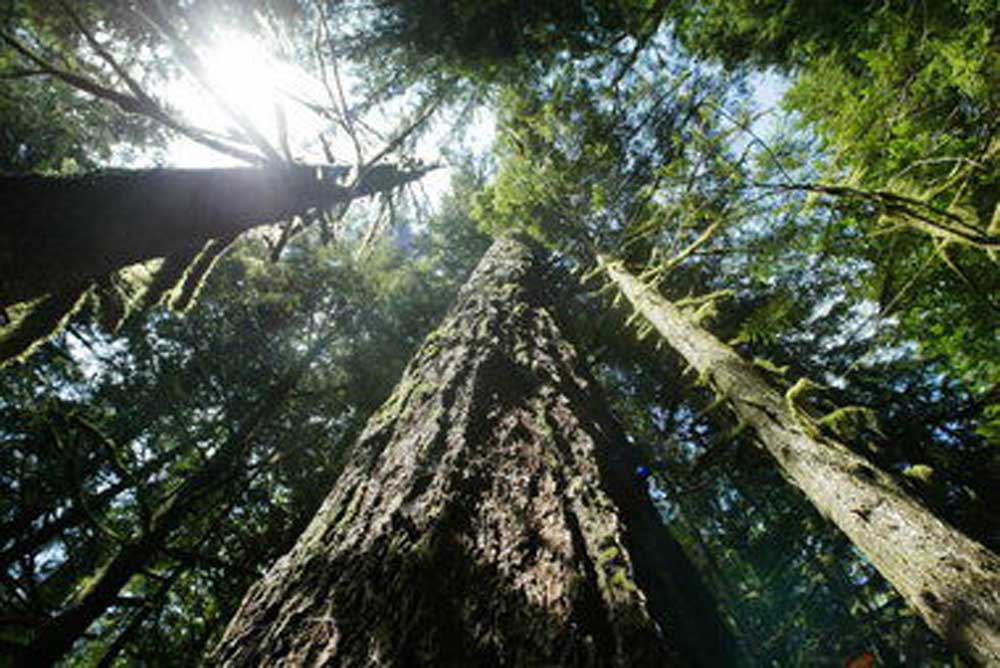Shared visions inspire museum
Published 5:00 pm Tuesday, June 28, 2005
SEASIDE – The longhouse is designed to look like there is a ghost inside. Fiberglass fish and cedar carvings of Native American artifacts decorate the walls. Murals show natural history and Lewis and Clark history. Outside, a trail leads along the estuary, into the woods and to the only tree in the area known to have taken a lightning strike.
“There’s kind of a nice cathedral here that just works,” said Neal Maine from the North Coast Land Conservancy, pointing at the shattered tree.
The Gateway to Discovery Coastal Natural History Center, a new museum in north Seaside, is about more than the displays. There’s the fact that Clatsop Nehalem Indians used to live there, along the Necanicum Estuary. There’s the ceremony that Clatsop Nehalem member Roberta Basch had with her family on the property, asking the spirits to help them. “I believe that’s why things came together, that the spirits still live here,” she said.
Basch said the hearts of the trees and Grandmother Ocean, as well as an eagle that flew by to tell people to keep working, all helped the museum become a reality.
Five nonprofit groups created the museum in just five months, with the grand opening held last Friday. The land conservancy joined with the Seaside Native American Project, Seaside
Museum and Historical Society, Watershed Estuary Beach Discovery Program and Clatsop Nehalem Confederated Tribes to form the Coalition for the Coastal Natural History Center.
“It seems like this particular project has come from a lot of heart and a lot of passion from a lot of people,” said Brandy Hussa, the program manager for the center. She said the five nonprofits worked together very well. “We found right away that we all had the same vision,” she said.
Team effortThe Seaside Aquarium “donated” two displays it had borrowed from Maine for 10 years to the museum, located at 2674 Highway 101 N.
Seaside’s Parks Advisory Committee helped the coalition work with the city. People at Fort Clatsop helped figure out which donations were authentic. The Oregon Parks Foundation gave the coalition a grant for a walking trail. A huge number of volunteers contributed time, Hussa said.
“This is a vision that is all about partnerships,” she said. “This is the connecting place.”
The story began when Seaside resident Christopher Lloyd saw a tree that was split by lightning. He felt a ceremony should be conducted, because he felt something had been broken at the site. He contacted his neighbors, the Basches, and they performed a ceremony.
Basch said she received an image of a longhouse at the estuary. “The vision that I have had such good energy,” she said. Basch believes the museum itself has the same positive feeling.
Lloyd is not Native American, but said people who are not too involved in their own lives can be open to the spirit world. “I think if any of us are willing to listen, not only to each other, but to the land … you can really pick up on a lot,” he said.
Makah Indian Julie McGimpsey, who donated a whaler’s hat she wove from cedar bark, said creating native art is healthy and spiritual. “I just know that every time I make something like this, my mother is looking down on me and she’s so proud,” McGimpsey said. She follows the principle of taking only the bark she needs and uses traditional designs like whales and eagles.LAUREL EDDY – The Daily Astorian
Ron Pittard stands in front of the mural he contributed, along with a display of native fish he made from fiberglass and one of the Native American artifacts he carved from white cedar.The hat is fixed above a cedar cape in the longhouse, arranged as if there is a ghost wearing them. Two cedar skirts are among the native artifacts decorating the benches inside.
Quinault tribal member Sabrina Kramer, who made the skirts and cape, said she had to peel the bark off the trees, soak it in saltwater, beat it with a rock until it became flexible and then use her hands to separate the strands “inch by inch.” She sewed the strands to a braid of cedar, using elk sinew as thread, let the skirt dry, then broke it into smaller strands.
Local artist Ron Pittard carved dozens of artifacts from white cedar, made replicas of native fish from fiberglass and painted a huge mural of a bird’s-eye view of the estuary.
The human touchMaine said the museum is designed to show the entire history of the region, including how people interact with the environment. “We consider human beings to be a part of that natural history,” he said. He believes residents should celebrate the places they live in, instead of feeling that environmentalism has to be a barrier to economic prosperity.
“We’ve forgotten how to interact with the land,” said Tom Horning, who represents the Seaside Native American Project. “But it’s all starting to come together now.”
Hussa hopes to attract tourists and locals through the summer and provide local schoolchildren with cultural and natural history education during the winter.
She said this is a starting point for both the museum and the trail. Grants are easier to get with a prototype in place, Hussa said. She invites the public to hang out on the back porch with coffee from Java Reef, which is next door.LAUREL EDDY – The Daily Astorian
Roberta Basch, center, with the Clatsop-Nehalem Confederated Tribes, thanks those who contributed to the museum as her daughters Charlotte Basch, far left, and Lorraine Basch examine the necklaces given as thanks. Listening to Roberta is Julie McGimpsey of the Makah, wearing a traditional hat she made, and Crystal Sampson of the Queets.”The biggest thing will be that you come back and share this place with us,” she told people at the open house.
Maine said the land conservancy has a grant to construct interpretative signs along the trail, and another to remove fill to make the slope natural again and plant native vegetation.
Horning is working on a geologic picture of what Seaside looked like 2,500 years ago. Pittard plans to create a replica of a Clatsop-Nehalem village.
Basch prays every morning for the Native Americans who lived in the area. “I pray for them that their spirits, that are still alive, can be represented here,” Basch said. She hopes the museum will be a place for the spirits.
Basch said her daughters, Charlotte and Lorraine, are just like other Seaside kids (except for preferring natural food to McDonald’s burgers). She said to be an Indian is to have a relationship with the land, to go out and play in the outdoors.
“We’re not that much different than anyone else,” she said.
Quinault member Crystal Sampson said Indians need to embrace other races to help them learn and overcome the stereotypes of movies.
“We got to get our truth out there,” Sampson said.
She is proud to be an Indian. “We have got to be the ones to tell the story, just keep it alive.”





